Dieter Rams' modular designs open a world of possibilities at the Vitra Schaudepot
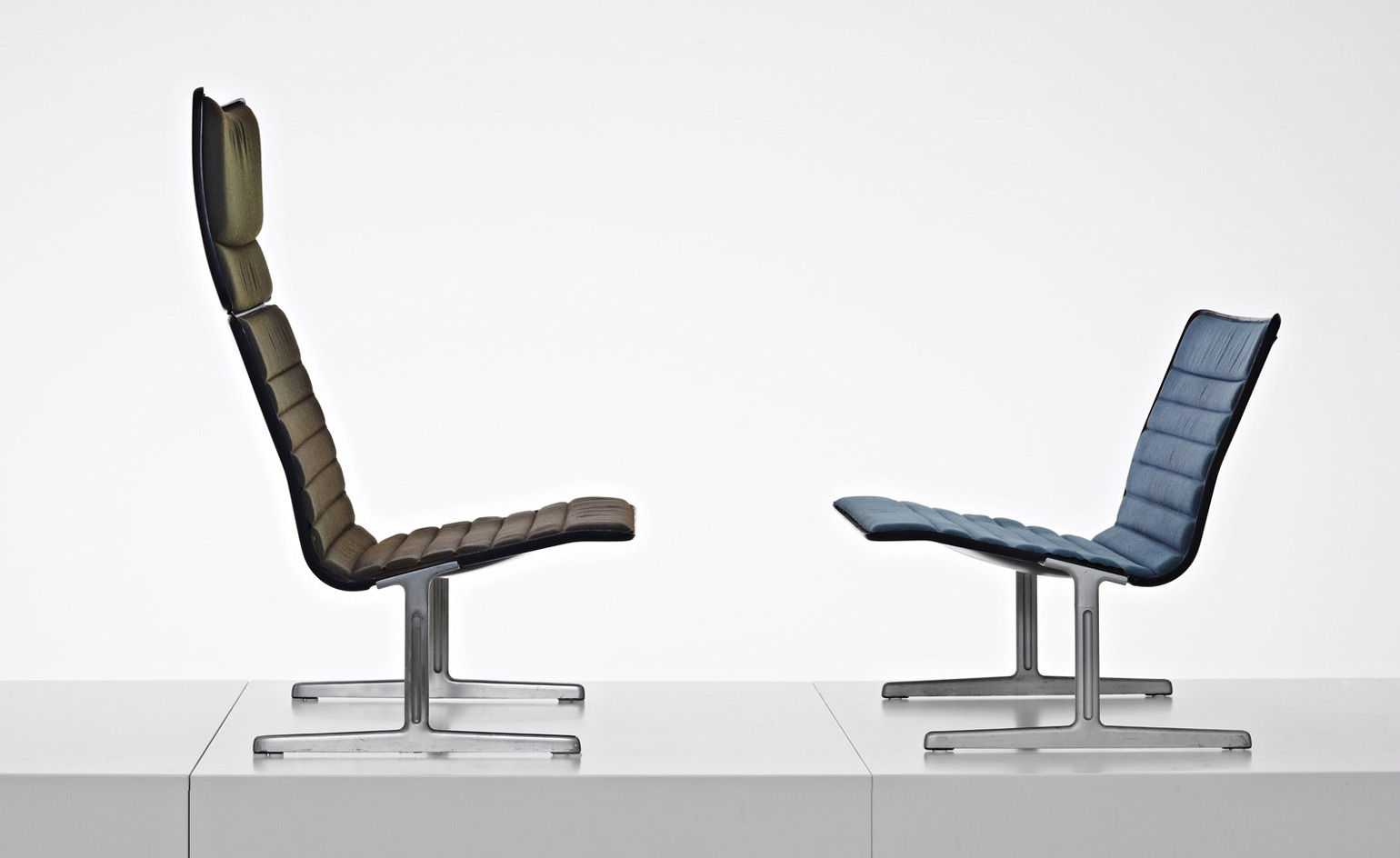
When the designer Dieter Rams was at the height of his creative output – heading a team designing ground-breaking electrical appliances for German manufacturer Braun in the late 1950s – he decided to take up furniture design with a new, little-known company called (at the time) Vitsoe + Zapf. Today, this would be like Apple’s Jony Ive going into partnership with a couple of businessmen in downtown Cupertino to design furniture while working on the iMac, MacBook, iPhone and iPad. You can't help but wonder how on earth he found the time – and why he felt the need to do so.
Rams’ motivation to design furniture wasn't all that surprising. He trained as an interior architect before joining Braun in 1955, initially to redesign some of the company workspaces. While at Braun he soon met and began to work with Bauhaus-trained Hans Hirche, Fritz Eichler and a number of designers from Ulm on the development of a new kind of product language – notably Hans Gugelot, with whom Rams co-designed the legendary 'SK 4' phonograph, nicknamed 'Snow White’s Coffin', from 1956.
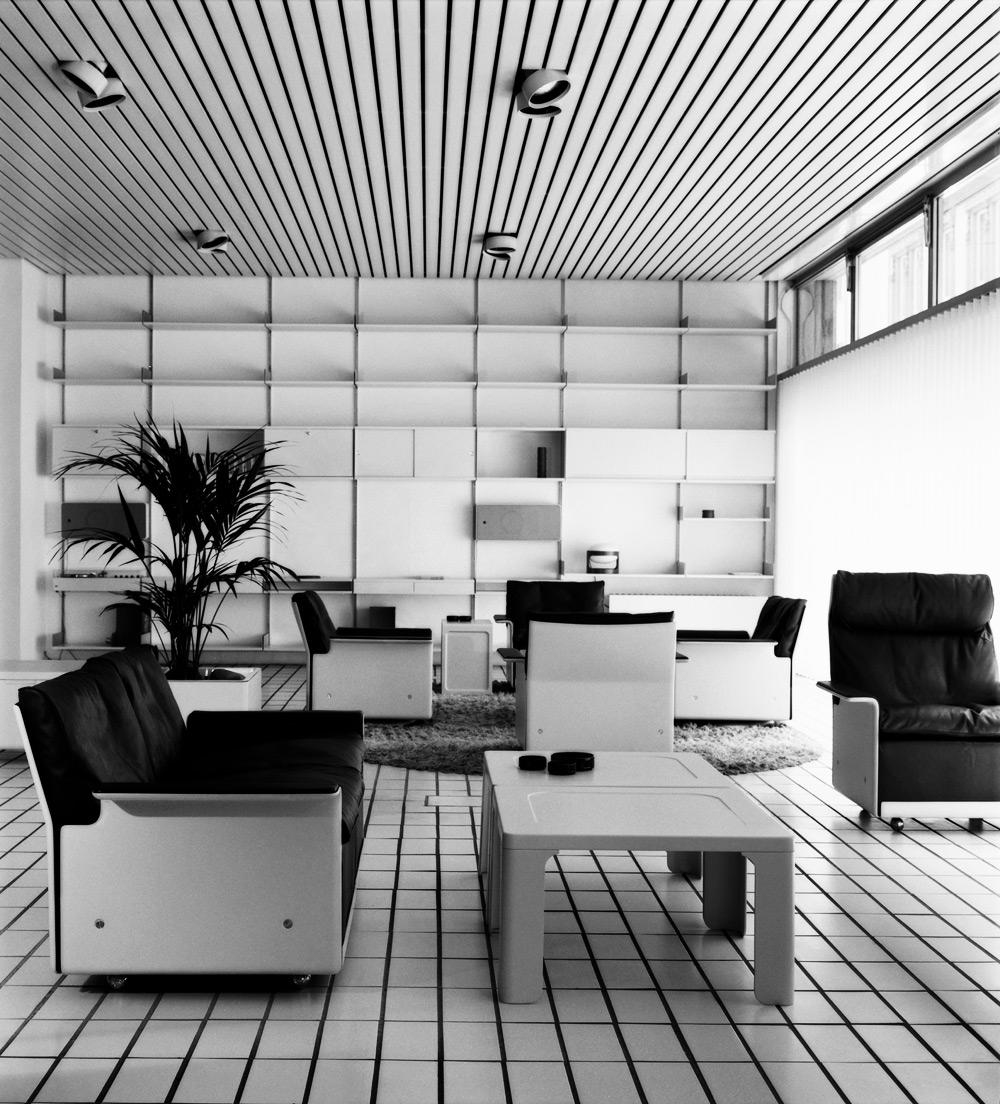
The Vitsoe showroom in Frankfurt, c.1971
Gugelot also designed functional, modular furniture systems, notably the 'M 125' from 1950, one of the early systems of components that could be mixed and matched according to the user’s needs. In the mid-1950s, Braun created its own modular trade fair stand designs, and also showed their appliances together with Knoll International, which produced Mies van der Rohe’s furniture designs, highly popular at the time. Rams, too, was deeply interested in the idea of utilitarian furniture systems, which he saw as a liberation from the straitjacket of tradition.
So, with the blessing of his bosses at Braun, Rams began a collaboration with the company (now simply named Vitsoe), that has continued to this day. He began with a highly utilitarian wall-mounted assembly system called 'RZ 57', the launch of which was quickly followed by the 'RZ 60' (now the '606' universal shelving system) which is still in production today and can, without hesitation, be ranked as one of the most iconic furniture designs of the 20th century. Every single one of Rams’ furniture designs for Vitsoe was conceived as a modular system of one form or another – be it lounge chairs that could be adapted into sofas (the '620' system) or a set of stackable plastic outdoor furniture ('740').
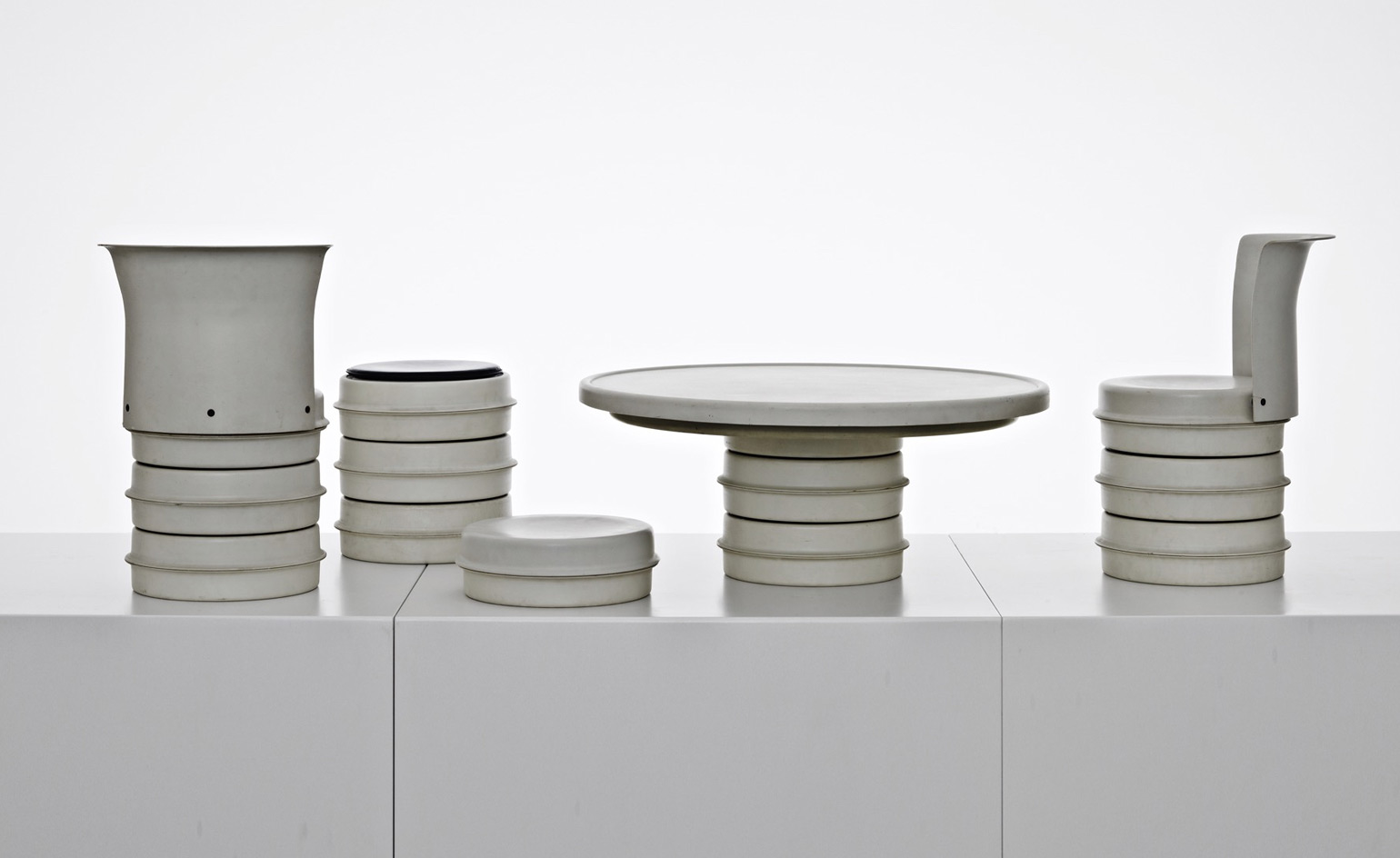
'740' stacking system.
Rams’ designs for his furniture – as well as his appliances for Braun – adhered almost without exception to the maxim of 'good design is as little design as possible'. They are functional in form and 'quietly neutral' in appearance. He rejects 'loudness' in all it’s manifestations. Our furniture, he believes, is there to fit to our needs, not the other way around.
This exhibition, curated by Heng Zhi at the Vitra Design Museum’s gorgeous new Schaudepot building – designed by Herzog & de Meuron – is a fine opportunity to view Rams’ design world in the interior context that he always intended: furniture and appliances as one in a home setting that leaves 'room for the user’s self-expression'.
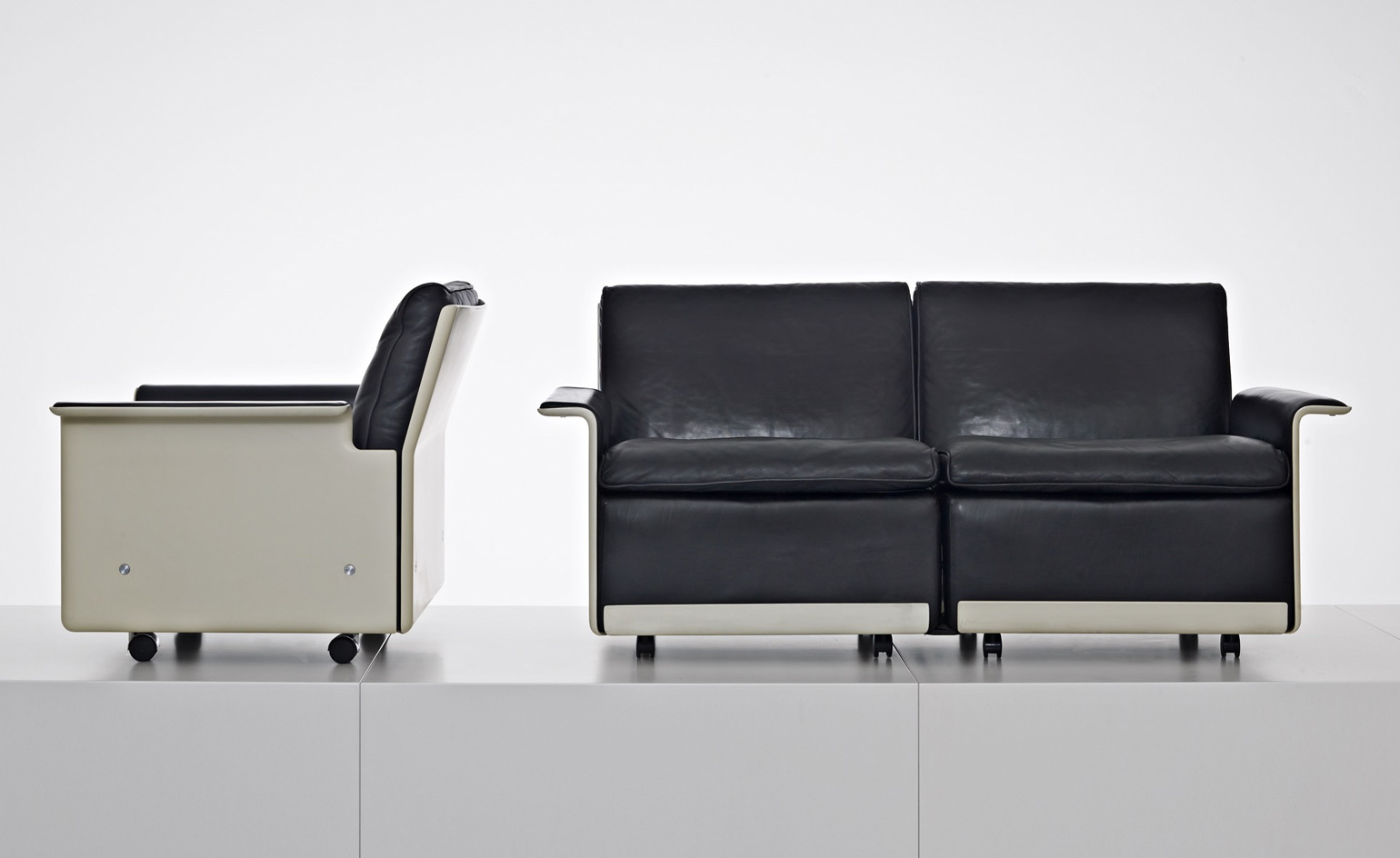
'620 (RZ 62)' chair programme.

'622' chair programme.
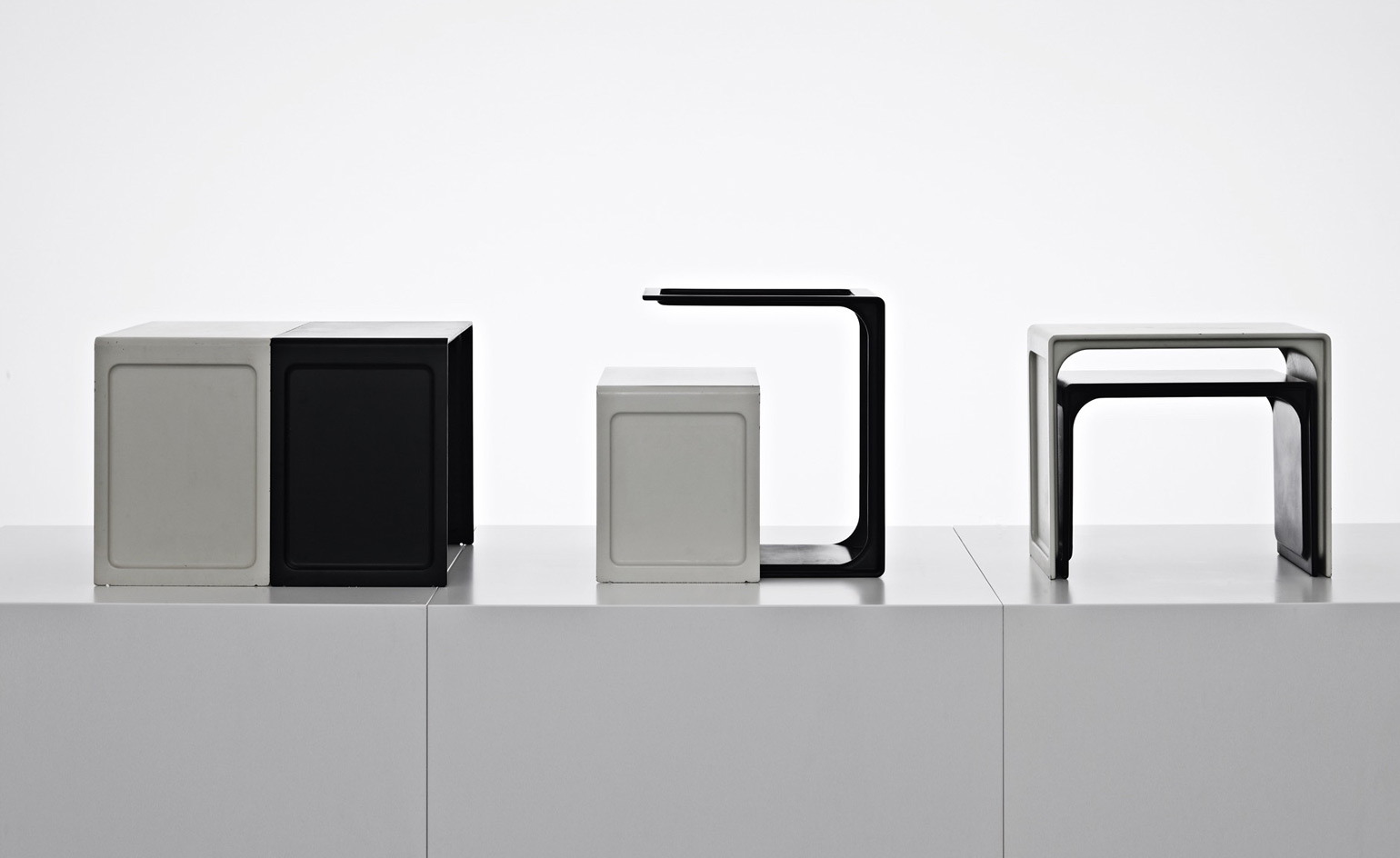
'621' coffee table.
INFORMATION
’Dieter Rams: Modular World’ is on view until 12 March 2017. For more information, visit the Vitra Design Museum website
ADDRESS
Vitra Design Museum
Charles-Eames-Strasse 2
D-79576 Weil am Rhein
Receive our daily digest of inspiration, escapism and design stories from around the world direct to your inbox.
-
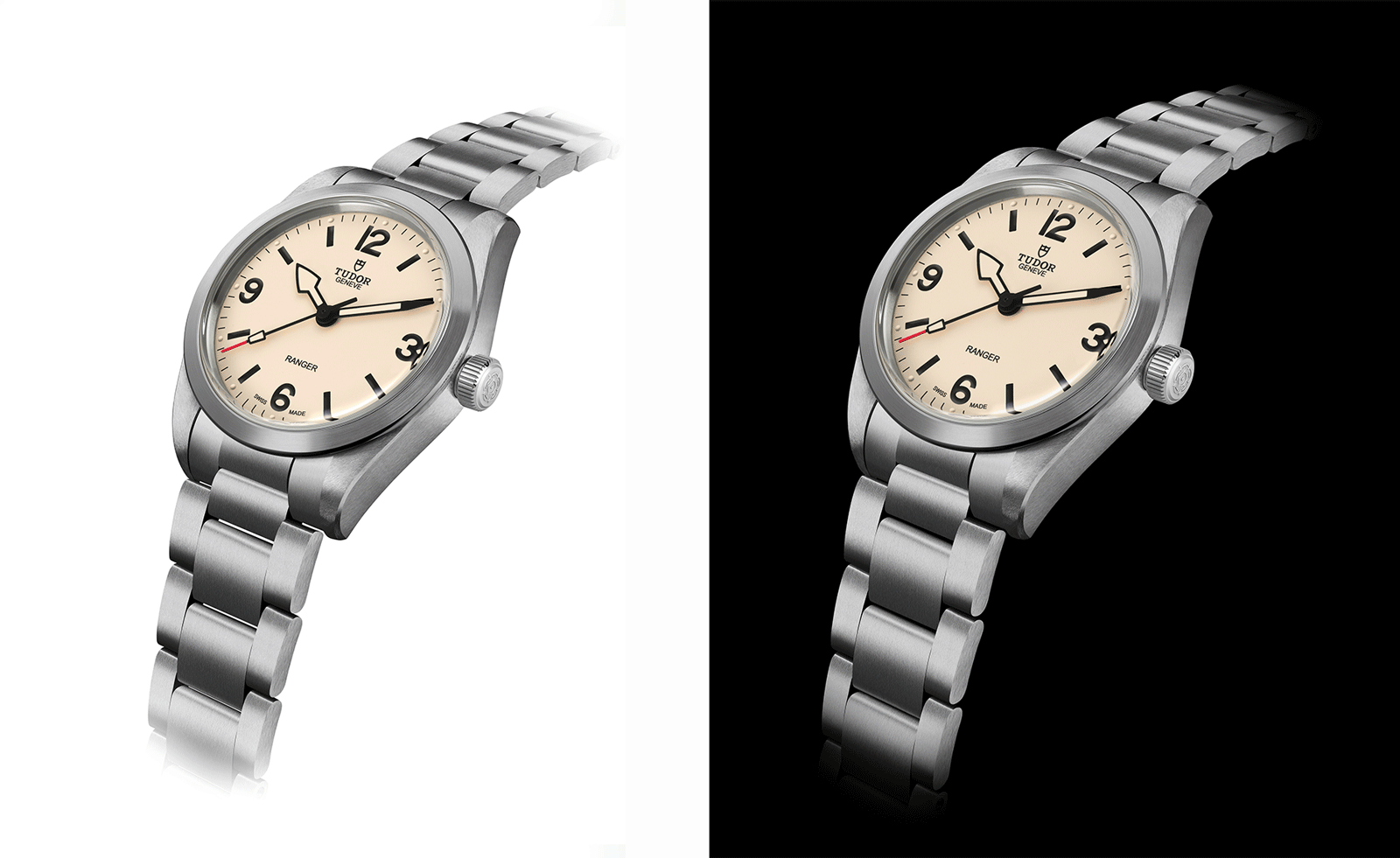 The new Tudor Ranger watches master perfectly executed simplicity
The new Tudor Ranger watches master perfectly executed simplicityThe Tudor Ranger watches look back to the 1960s for a clean and legible design
-
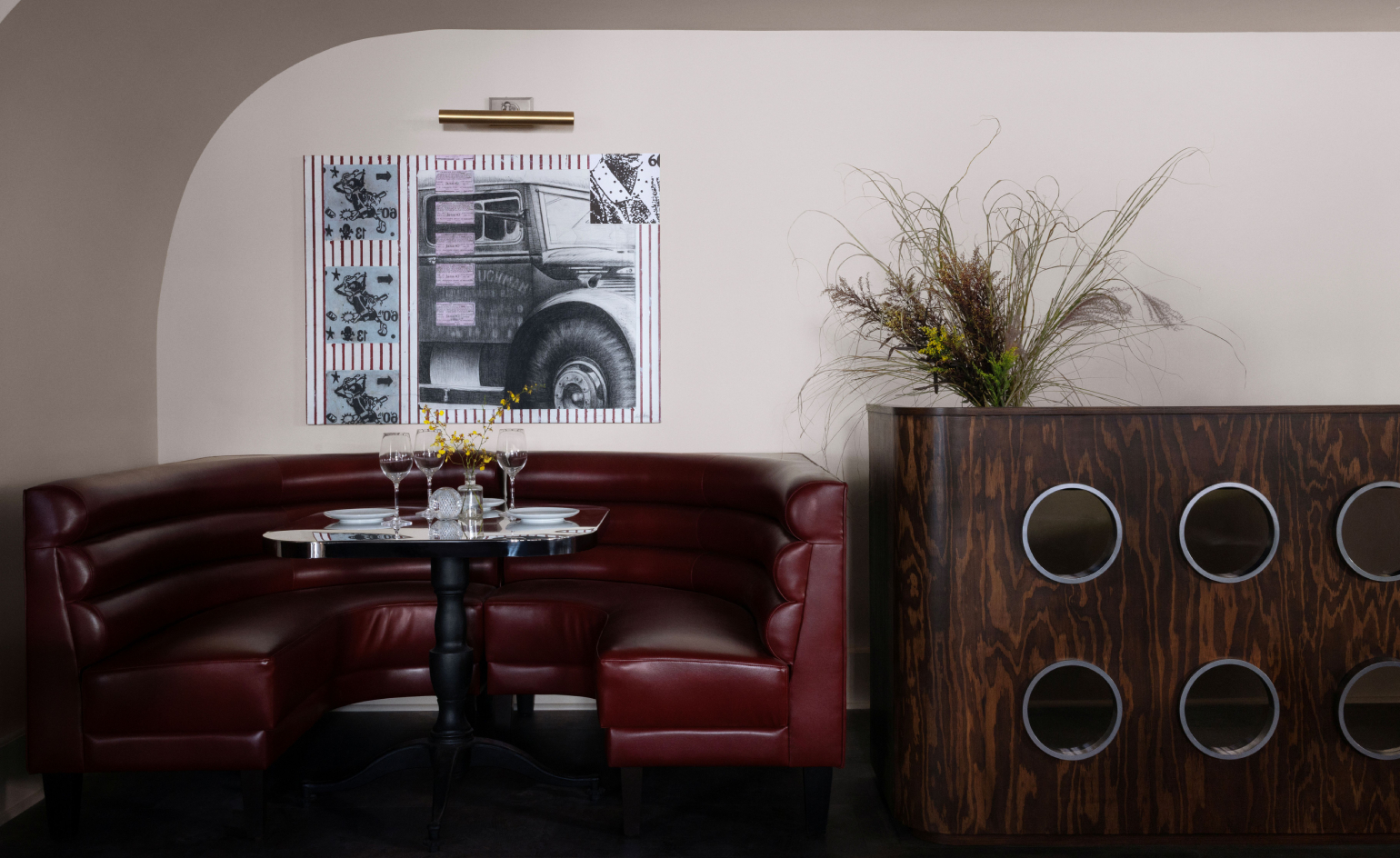 This late-night hangout brings back 1970s glam to LA’s Sunset Boulevard
This late-night hangout brings back 1970s glam to LA’s Sunset BoulevardGalerie On Sunset is primed for strong drinks, shared plates, live music, and long nights
-
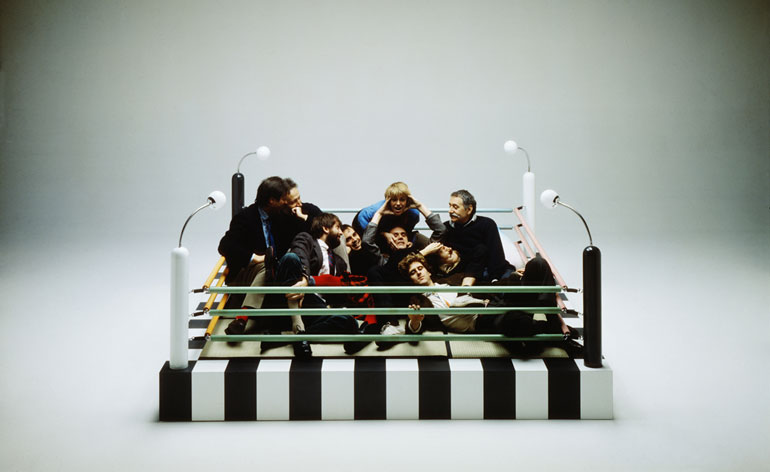 How Memphis developed from an informal gathering of restless creatives into one of design's most influential movements
How Memphis developed from an informal gathering of restless creatives into one of design's most influential movementsEverything you want to know about Memphis Design, from its history to its leading figures to the pieces to know (and buy)
-
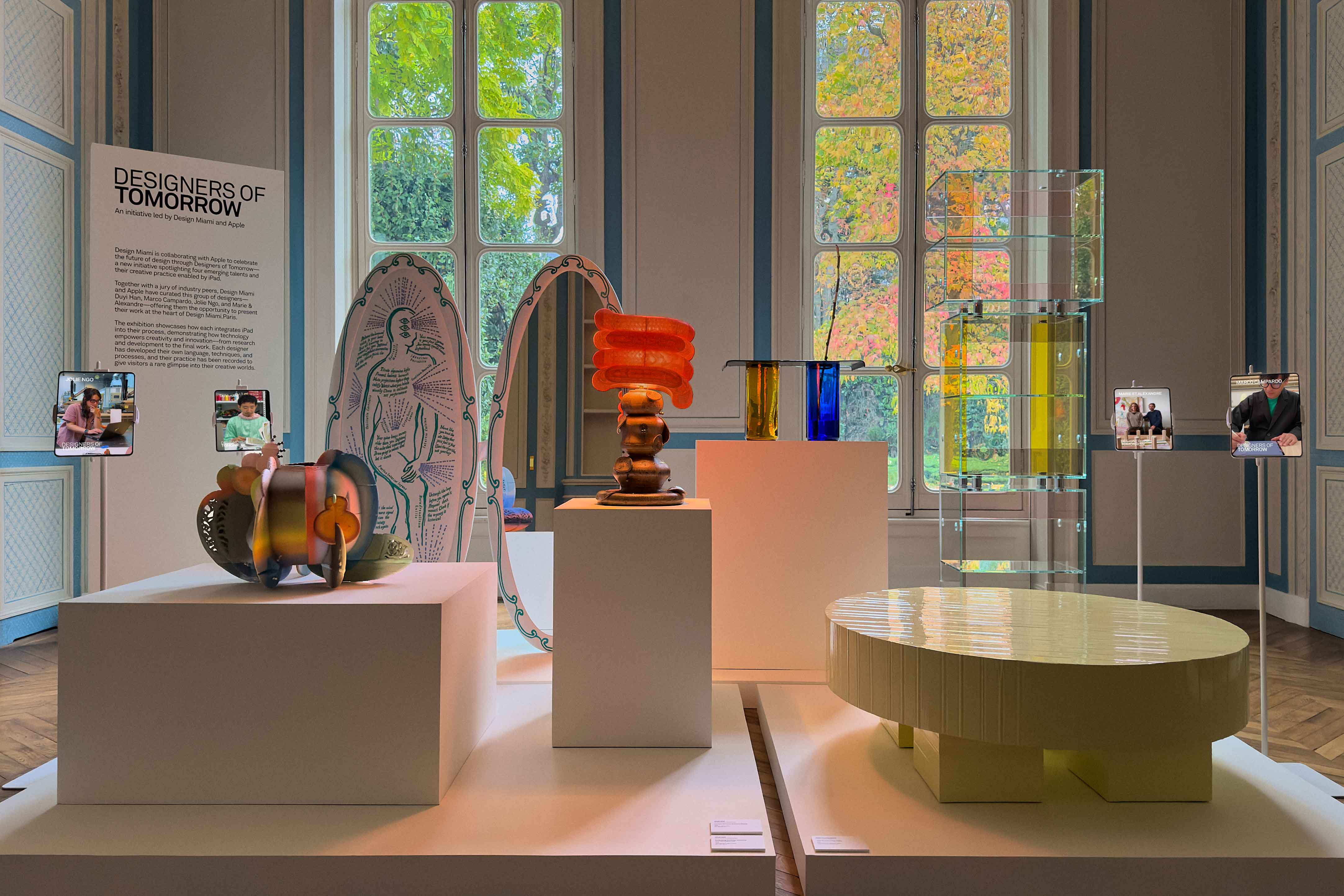 Apple and Design Miami celebrate the new guard of creativity with the inaugural Designers of Tomorrow
Apple and Design Miami celebrate the new guard of creativity with the inaugural Designers of TomorrowApple and Design Miami's Designers of Tomorrow make Paris debut with a cohort of four designers, including Atelier Duyi Han, Jolie Ngo, Marie & Alexandre, and Marco Campardo
-
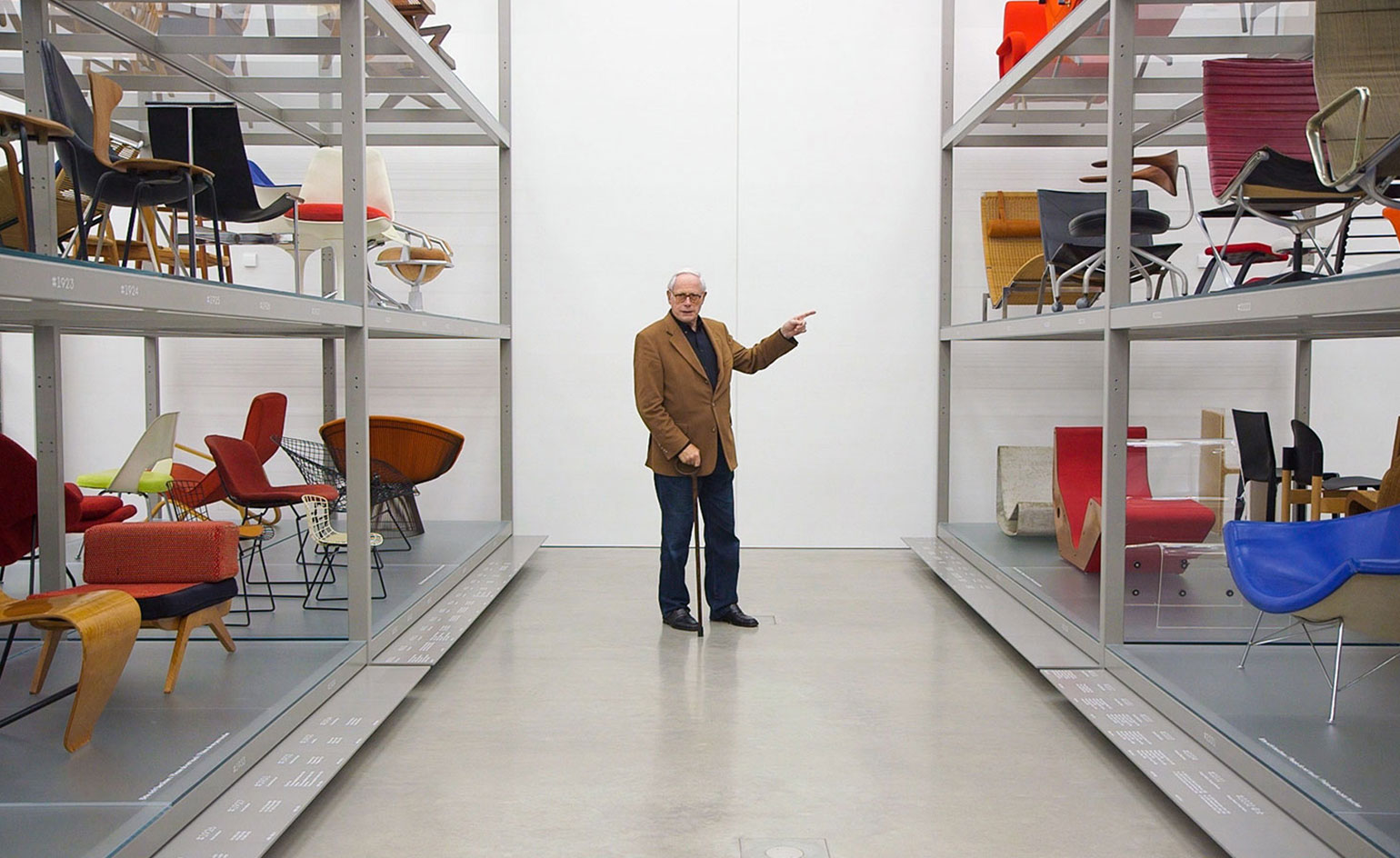 Dieter Rams is awarded the World Design Medal 2025
Dieter Rams is awarded the World Design Medal 2025The Braun alumnus, famous for his ‘less but better’ approach, has been recognised for his invaluable contributions to the world of industrial design
-
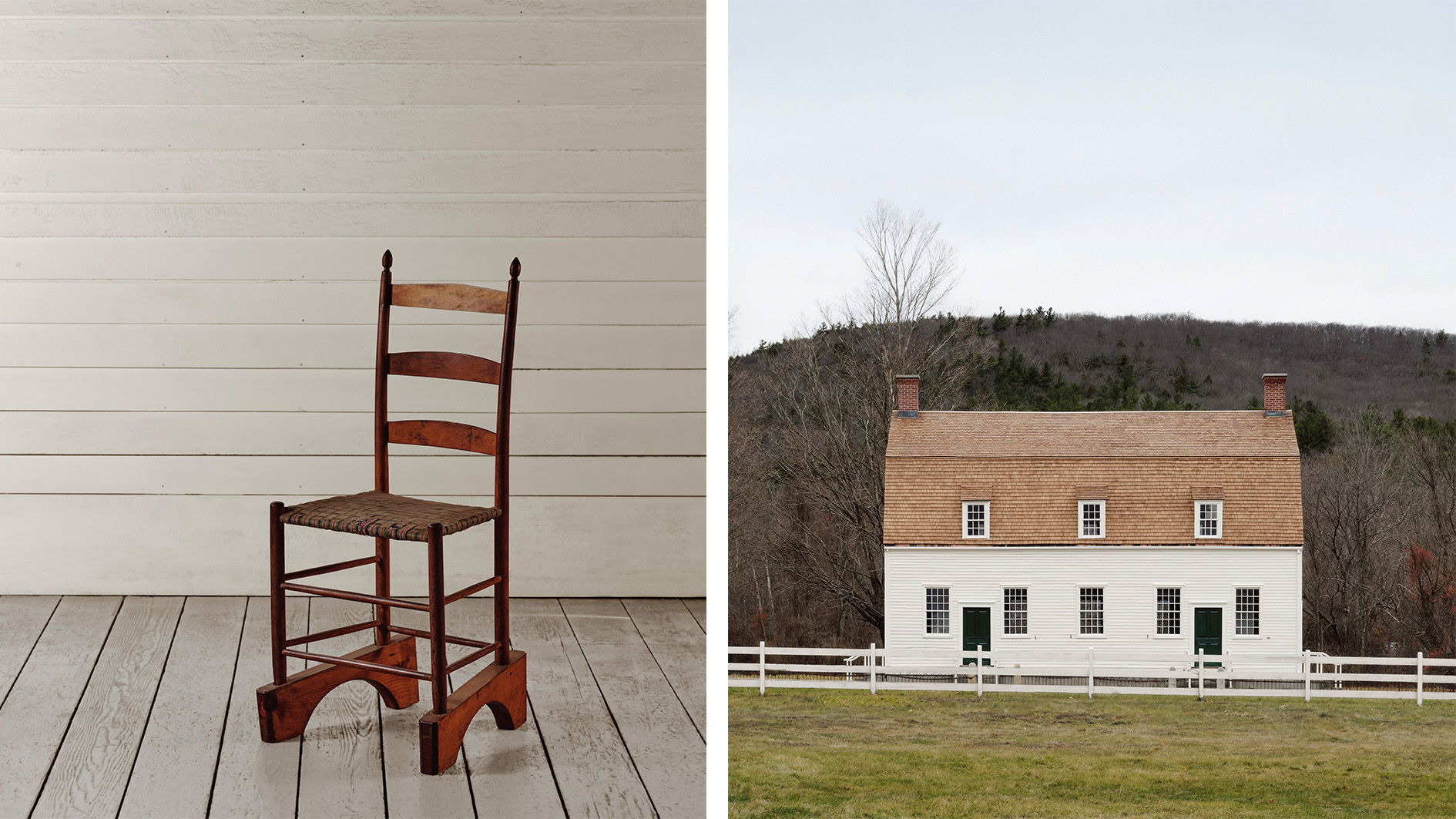 How did the Shakers influence modern design? A new exhibition considers the progressive philosophy of the free church
How did the Shakers influence modern design? A new exhibition considers the progressive philosophy of the free church‘The Shakers: A World in the Making’ positions the 18th-century sect as a pioneer of simple, functional and democratic design – principles that still guide aesthetics today
-
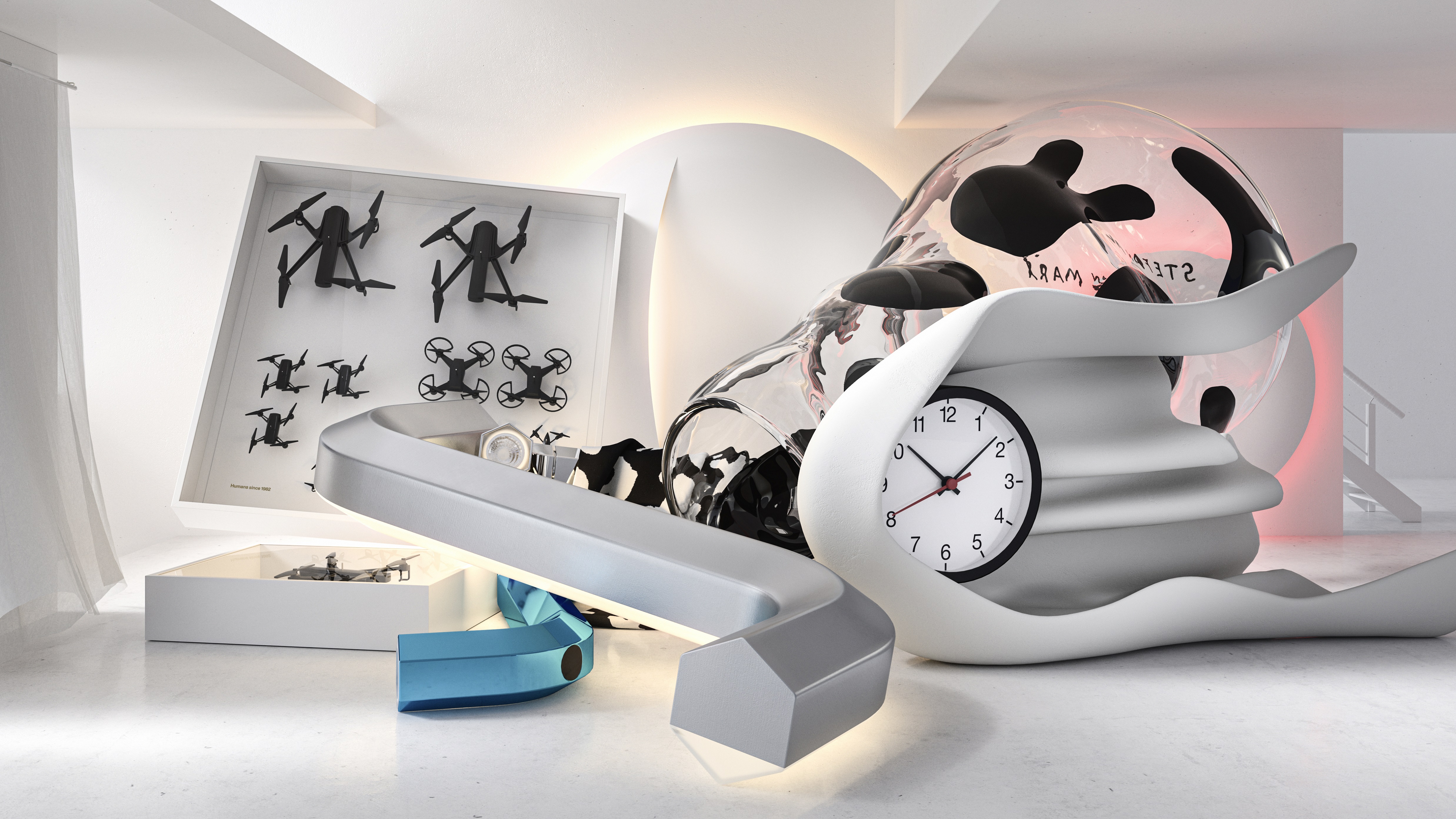 Ikea’s latest collection explores ‘the sweet spot between art and design’
Ikea’s latest collection explores ‘the sweet spot between art and design’Ikea’s Art Event Collection features objects by Sabine Marcelis, Daniel Arsham, Gelthop, Humans Since 1982 and Stefan Marx
-
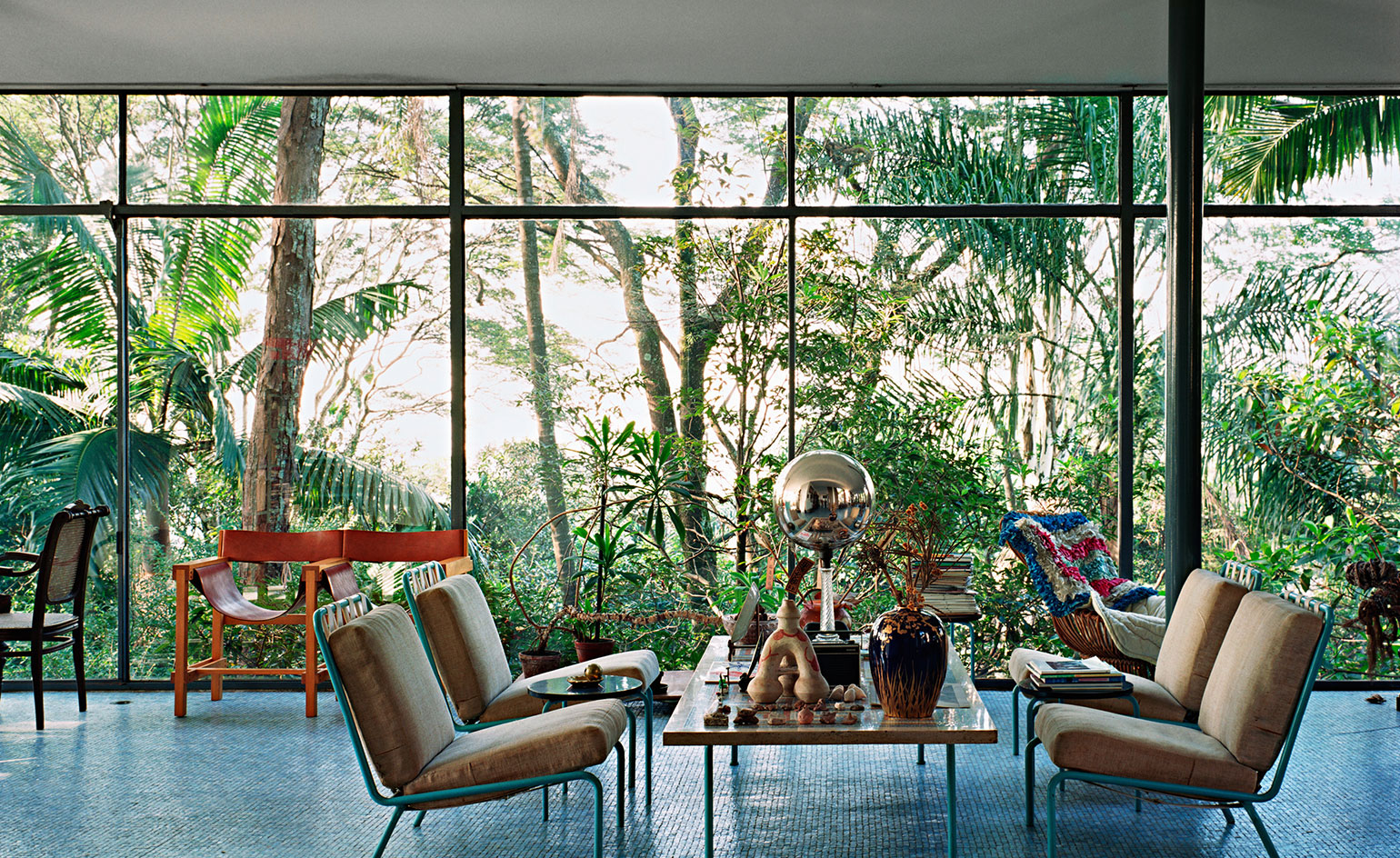 Tracing the radical evolution of domestic interior design
Tracing the radical evolution of domestic interior designVitra Design Museum presents ‘Home Stories: 100 Years, 20 Visionary Interiors,’ a major exhibition that celebrates the power of interior design in the last century
-
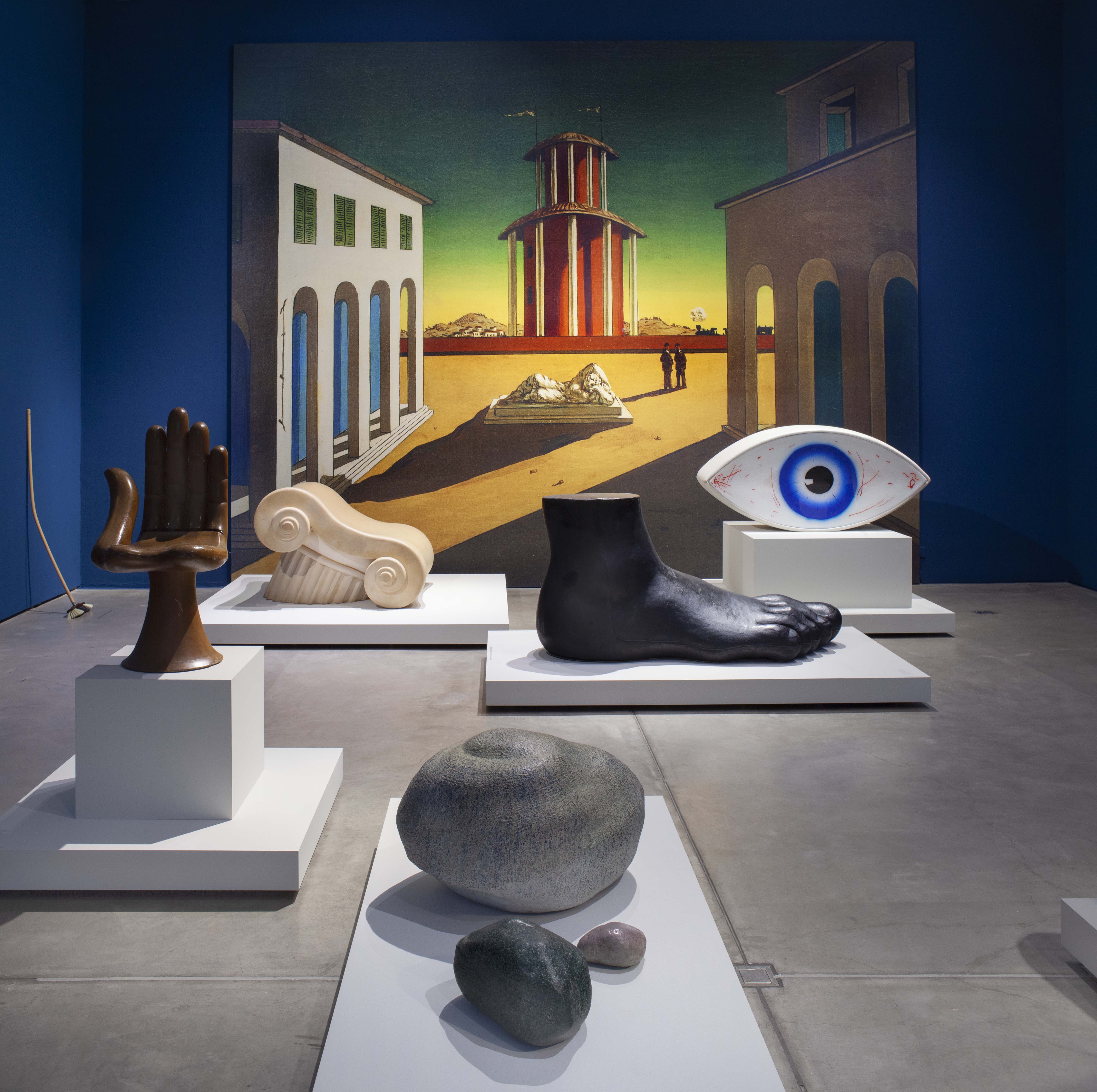 How 1920s surrealism impacted modern design
How 1920s surrealism impacted modern designA new show at Vitra Design Museum titled ‘Objects of Desire: Surrealism and Design 1924 – Today’ records how the avant-garde art movement influences design today
-
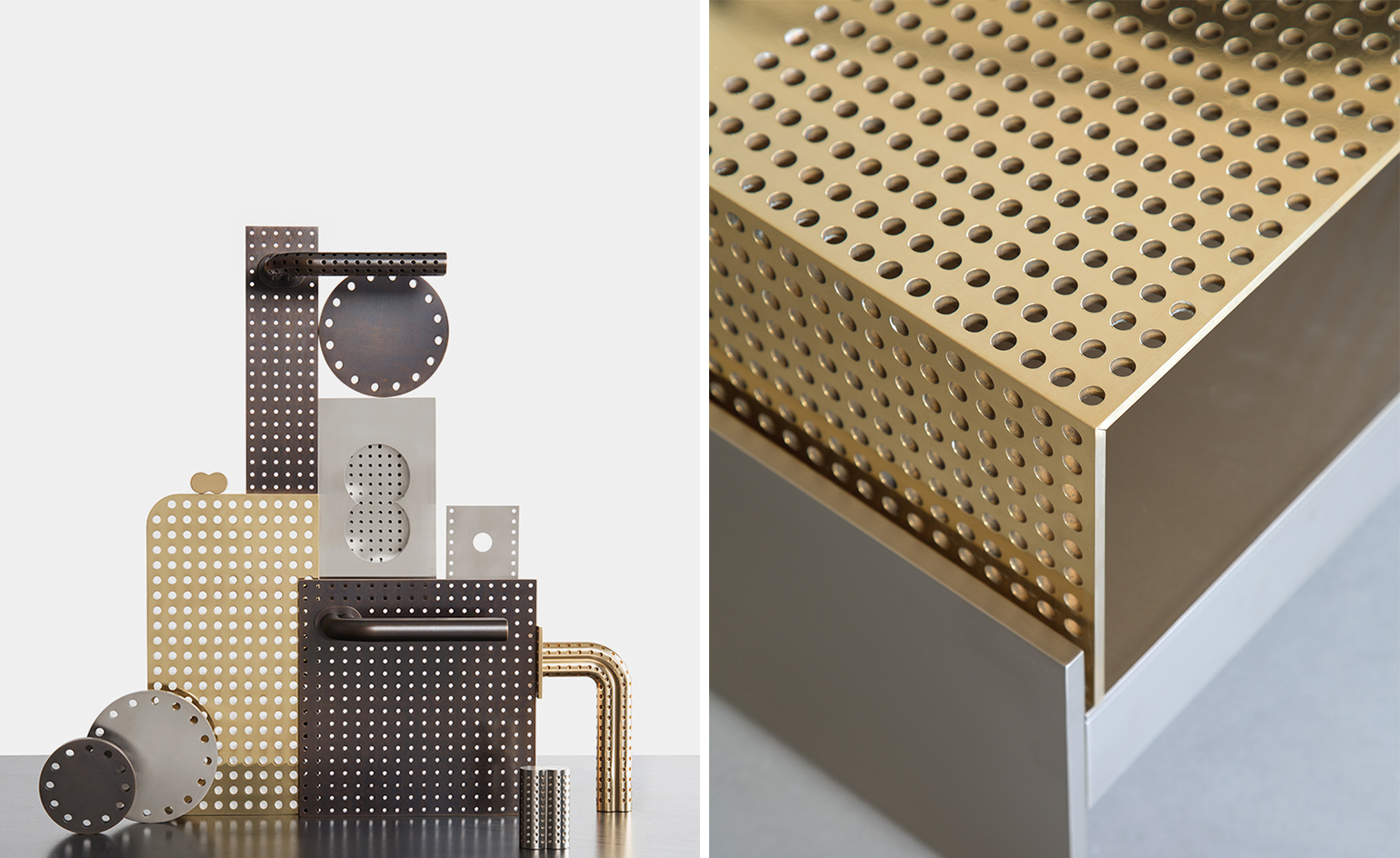 Stéphane Parmentier puts a graphic spin on hardware design with divine new collection
Stéphane Parmentier puts a graphic spin on hardware design with divine new collection -
 Sacred geometry and female artisans are at the heart of this NYC lighting brand
Sacred geometry and female artisans are at the heart of this NYC lighting brand